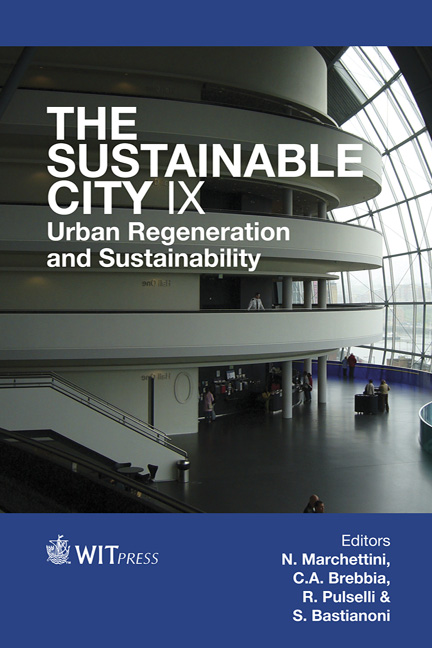A Survey On Impacts Of Bike-oriented Policies On Residents And Economic Activities
Price
Free (open access)
Transaction
Volume
191
Pages
8
Page Range
749 - 756
Published
2014
Size
400 kb
Paper DOI
10.2495/SC140631
Copyright
WIT Press
Author(s)
F. Pagliara, L. Biggiero
Abstract
Fighting against the “car only” nature of towns, the bicycle has been gaining constant ground in the urban space since the 1970s. Much more than just a sport or leisure accessory, it has become a simple and efficient means of transport that, today, is an integral part of mobility services. The bicycle is ideal for short daily journeys, lends itself well to intermodality and is at the heart of sustainable development policy. For its user, it is practical, cheap, green and good for one’s health; for the countries that have adopted it, developing cycleable infrastructures, it has almost always been successful. The success can be measured by the many impacts on residents and activities and it is related to a correct design of the bike network and services. A conflicting example can be considered the bike lane inaugurated on the 10th November 2012 in the city of Napoli (Italy). It was introduced without simulating it with a proper DSS in order to evaluate the possible impacts on the users or on non-users (externalities), like congestion, parking problems, impacts on the local economy and without first involving the stakeholders for their feedback before its realization. To analyse the effects of the bike lane on activities, residents and mobility choices, two different RP surveys have been carried out. A large part of respondents was sensitive to sustainable mobility and to the policy adopted by local authority. Both residents and retailers underlined the lack of parking spaces due to the bike lane and, as a consequence, a reduction of the turnover has been declared by retailers. Beneath bike mode is not considered nowadays as a valid alternative to car and public transport, a relevant increase in its use can be expected by surveys if right measures will be implemented.
Keywords
transportation, bike, retailer, impact





